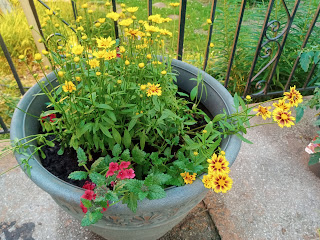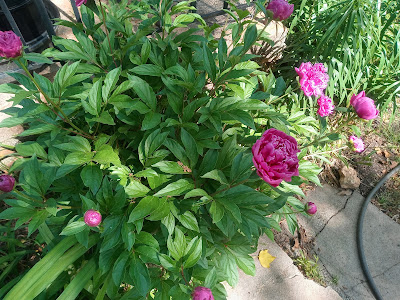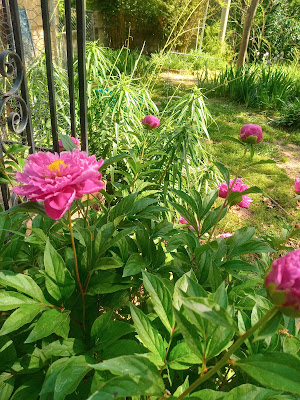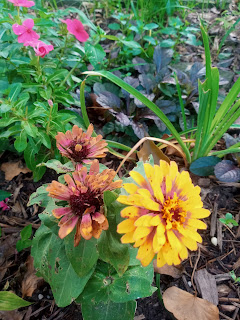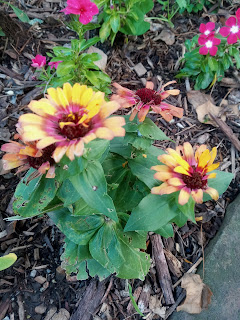Ivy is a vigorous growing vine that will grow on anything,
fences, walls, and tree trunks. At first, you may think it looks nice and you will enjoy viewing the wildlife that takes
shelter amongst the ivy. But soon you will learn that ivy is killing your
trees.
A few years ago I planted six Baltic Ivy and when it grew
on my rock wall I thought it looked pretty.
I also like how the ivy seemed to hold the rocks in place. The ivy on the wall was manageable but when
it started to grow up our oak tree we were concerned.
My husband removed the vines by hand, then he used a hand
pruner to cut the Ivy stems at the soil line.
He then dug up the roots and pulled them out. Tree service told us that
this was the best way to remove the ivy and prevent it from taking over the
tree. We were told that by removing the roots that the leaves on the tree would
then die. My husband did as the tree service
had recommended but the ivy roots must have been deeper than he had thought because a section did die back but it was not enough to get rid of the ivy t had
grown up our tree.

The bare bottom of the tree is due to the pruning..we thought it was dying back.
The ivy will kill your tree. Here are a few photos of the branches that feel recently. You can see the thick ivy branches and leaves. The ivy is sucking the life out of the tree and if we don’t find a way to kill it we will have to cut the tree down in the spring.
 |
| thick ivy vine growing on side of the tree |
 |
| Oak Tree branch with vigorous ivy vine |










